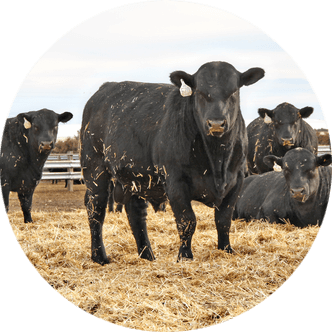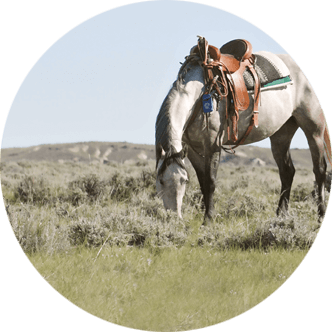UNL Extension specialist outlines management practices for feeder calves
The first 14 days following feedlot arrival are crucial to determining the trajectory of feeder calf performance, according to Nebraska Extension Feedlot Specialist Dr. Jessica Sperber.
In a University of Nebraska-Lincoln (UNL) BeefWatch newsletter, updated on Oct. 7, Sperber highlights some best practices for managing newly received feeder calves in order to combat stress, maintain animal health and improve calf performance.
Sperber discusses the article’s contents in greater detail with UNL Extension Educator Aaron Berger during an episode of the UNL BeefWatch podcast titled “Welcome to the Feedlot: Best Practices for Managing Newly Received Feeder Calves.”
“The goal of a receiving strategy is to make the transition from calf origin into the feedlot or backgrounding yard as seamless as possible,” Sperber writes. “The first 14 days upon feedlot arrival are critical in calf development and set the performance trajectory of the calf for the remainder of the feeding period.”
Overall, Sperber says the key to a successful receiving strategy involves effective management of feed and water, as well as working with a veterinarian to implement good processing practices.
Feed considerations
Calves often come to feedlots with no prior bunk feeding experience and may require a transition period to get acclimated to their new environment.
To help calves become “bunk broke,” Sperber recommends feeding familiar feedstuffs like long-stem grass hay throughout the beginning of the receiving period. Further, she recommends producers allot 16 to 18 inches of bunk space per calf to reduce overcrowding.
“Low intakes on newly received calves are common and generally improve in the weeks following receiving,” Sperber writes, explaining during the first seven days animals will generally consume forage at a rate of one to one and a half percent of their body weight (BW) on a dry matter (DM) basis.
For this reason, feeding high-quality forage in the beginning is essential to ensuring animals receive adequate energy while their intakes are depressed.
Stressed calves have a higher tendency to undereat, and they may consume lower than one percent of BW on a DM basis during the initial receiving period. To reduce mortality in these calves, producers should aim for a target intake of one and a half percent of BW on a DM basis by day 14.
Sperber says calves should be acclimated to their new environment and consuming feed at a rate of two to two and a half percent of BW on a DM basis by the third week of feedlot life.
She also highlights distillers’ grains as a good source of natural protein and points to a 21- to 28-day “step-up period,” which is often required to transition calves from a high-forage to a high-grain diet.
Water consumption
Since water intake drives feed intake, access to plentiful water is another vital component of receiving feeder calves. Like bunk breaking, calves may require extra attention as they learn to drink from a tank.
“Helping calves figure out where the tank is in the pen and where the water source is coming from is really important,” Sperber says, emphasizing there are several strategies feedlot producers can employ to ensure water intake.
Sperber notes allowing water tanks to run over for a short period of time can help attract calves to the water source and encourage them to drink from the tank.
In addition, Sperber explains newly received cattle will often walk the perimeter of their pen, so another strategy producers may consider could be placing additional water tanks around the edges to encourage drinking.
In all cases, keeping water tanks free of algal growth and feed residue is important to encouraging water intake and maintaining animal health.
Processing strategies
In addition to food and water, keeping calves healthy and fit for feedlot growth involves a well-managed processing strategy.
Sperber recommends a minimum period of 12 to 24 hours after delivery for cattle to acclimate to their new environment before diving into processing, which may include vaccination, parasite control, implantation, sorting, weighing and tagging.
“Vaccination protocols are critical and should be discussed with a veterinarian,” Sperber writes, emphasizing no two operations are identical and veterinarians can help provide tailored insight to producers.
Having a standard operating procedure to assess calves for signs of bovine respiratory disease and other ailments is also essential.
Additionally, Sperber notes knowledge of cattle history – including the geographical origin, amount of time spent in transit and awareness of any preconditioning – can help inform risk classification and should drive receiving strategy.
Grace Skavdahl is the editor of the Wyoming Livestock Roundup. Send comments on this article to roundup@wylr.net.





